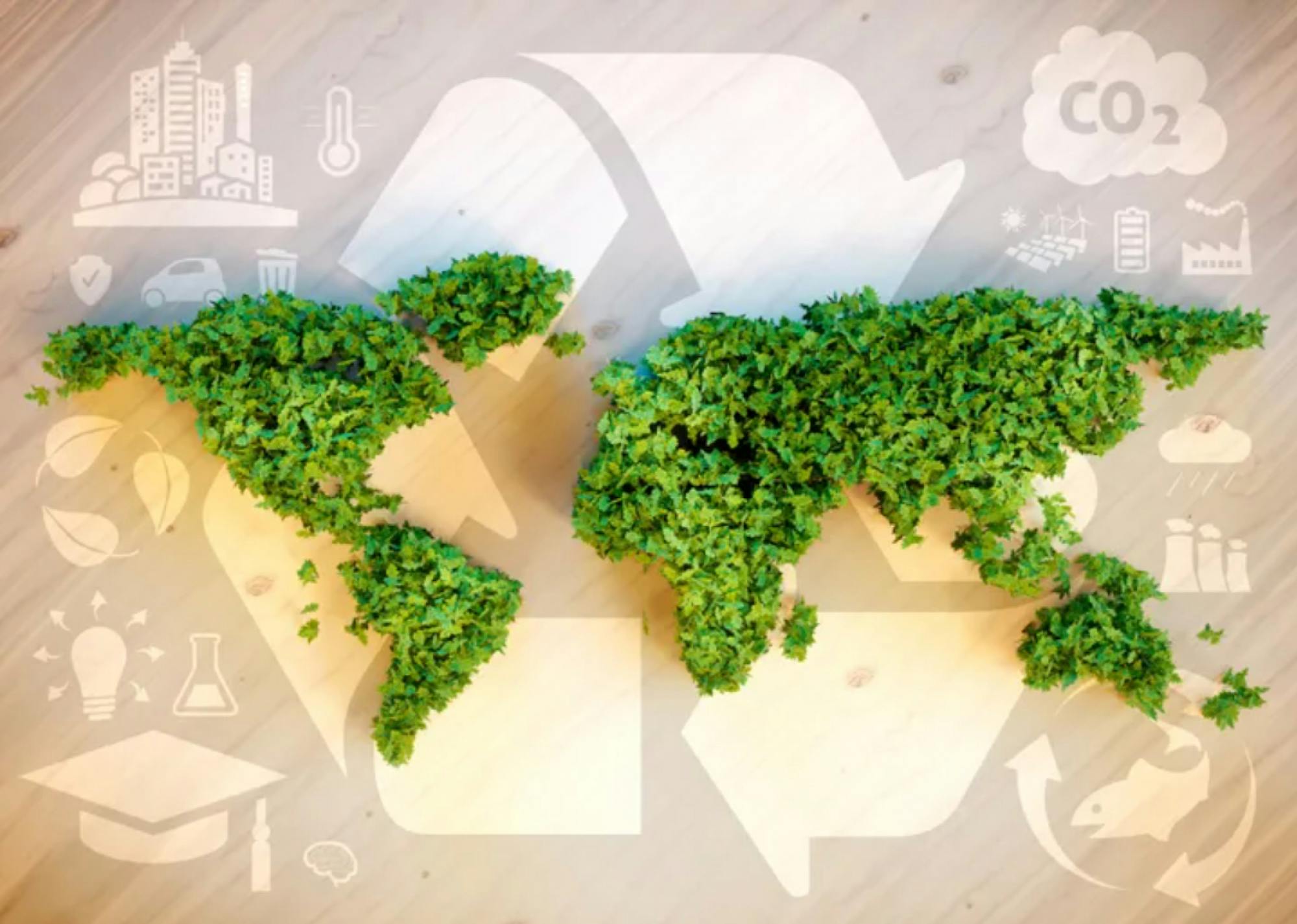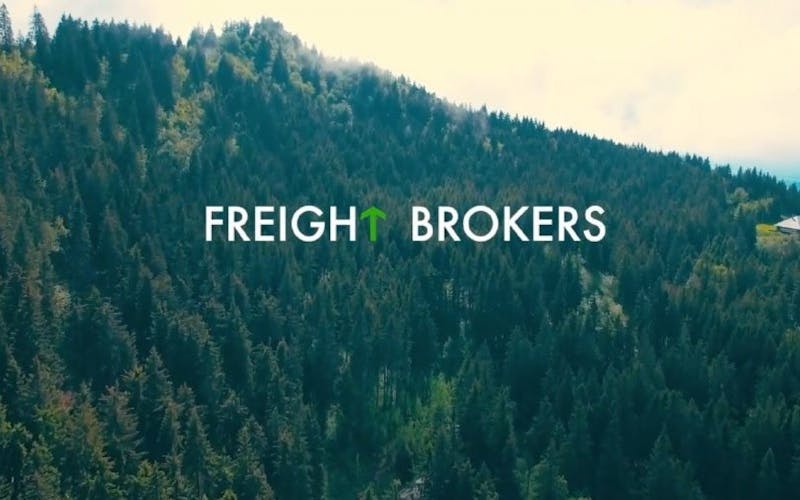

for Walpole members and
non-members available now
at The Londoner



What is carbon offsetting and why is it important for British luxury?
British luxury is worth £48 billion to the UK economy. It is growing at an annual rate of 9.6% and currently employs 156,000 people across the country (Walpole Sustainability Manifesto, 2021). To protect the industry from the negative impacts of climate change, British luxury organisations must adapt, helping to safeguard the planet, their people and their supply chain. 76% of consumers are attracted to companies that take a stand on environmental issues (Accenture, 2021); carbon offsetting, when used as part of an ambitious carbon reduction strategy, is a credible way of taking climate action today.
Climate action projects usually tackle emissions in three ways:
● By removing carbon dioxide and other greenhouse gases from the atmosphere;
● Avoiding the release of emissions in the first place;
● Or capturing and using greenhouse gases, like methane.
How does carbon offsetting fit into an organisation’s climate journey?
If your organisation is starting its journey towards net zero emissions, you must first consider your current emissions. While net zero is the goal, often such targets are 10, 15, or 30 years into the future. In many cases, companies need time to develop solutions meet these targets and to achieve zero- or low-emission operations and supply chains, and this is where carbon offsetting comes in.
Carbon offsetting, or carbon compensation, allows companies to take climate action today, protecting the environment and supporting communities around the world, while working to lower their own emissions as part of an emissions reductions strategy. This mitigates future costs while adding a real cost to the operations of a company – usually known as putting an “internal price on carbon”. This encourages the company to lower its emissions over time in order to avoid this offsetting cost.
How can British luxury brands tailor their carbon offset portfolio to their brand?
Your carbon offsetting plan starts with measuring your carbon footprint and taking responsibility for your emissions. This means purchasing a corresponding amount of offsets from climate action projects around the world, which can also be a fantastic way of developing your brand’s sustainability story.
Use climate action projects to enhance your brand’s story
Luxury brands should consider investing in climate action projects in locations that are relevant to their operations and supply chain, or in places where their customer base is located.
For example, businesses in the luxury food and beverage sector could invest in a climate action project that also helps to end hunger. Alto Huayabamba in Peru aims to reduce emissions associated with deforestation and land degradation by working with the local community to implement sustainable initiatives, such as organic honey and quinoa production.
Similarly, a retailer or designer of women’s fashion might want to invest in projects like the Bamako Clean Cookstoves project in Mali, which reduces the amount of carbon put into the atmosphere annually by empowering women to make the switch from burning wood and charcoal in their homes to using more efficient cookstoves.
How does carbon offsetting give your organisation a competitive advantage?
Climate action is a journey: it does not end at net zero. Companies must continue to implement ambitious carbon reduction plans, eventually removing more carbon from the atmosphere than they create. An ambitious climate strategy makes a company more resilient to future global events and increases its chances an capturing the attention of environmentally conscious consumers. There are a number of ways you can leverage this competitive advantage.
Climate neutral labels
As a first step, luxury brands should consider working towards climate neutrality (also known as carbon neutrality) and verify their claims using a climate neutral label, which can be placed on products and marketing materials. Climate neutral labels are only awarded to organisations that follow rigorous greenhouse gas accounting methodologies, and, in the case of South Pole’s label, have an ambitious carbon reduction roadmap in place.
Ensure your net zero target is backed up by action
To maintain a competitive advantage, and to ensure your business is resilient to the effects of climate change, net zero targets should be backed up by a clear action plan. This includes setting science-based targets that are approved by the SBTi framework and, eventually, investing in carbon removal projects once your residual emissions have been reduced as far as possible. A South Pole survey revealed that only 11 percent of businesses have a science-based target and a roadmap in place to achieve their net zero goal.
Invest in technological carbon removals
Technological carbon removal projects are widely understood to be a highly successful way of reducing carbon but are currently expensive and underdeveloped. Leading brands like Mitsubishi are showing climate leadership in this space by heavily investing in their development. Organisations that invest in this technology today will motivate their sector to innovate on climate and be rewarded by a reduction in costs over time.
Climate neutrality, net zero, climate positive – what’s the difference? Find out more about climate terminology here.
Ready to offset your emissions? South Pole is inviting all Walpole members to receive a tailored carbon offsetting strategy. Simply provide a few details about your organisation here. REQUEST YOURS NOW







